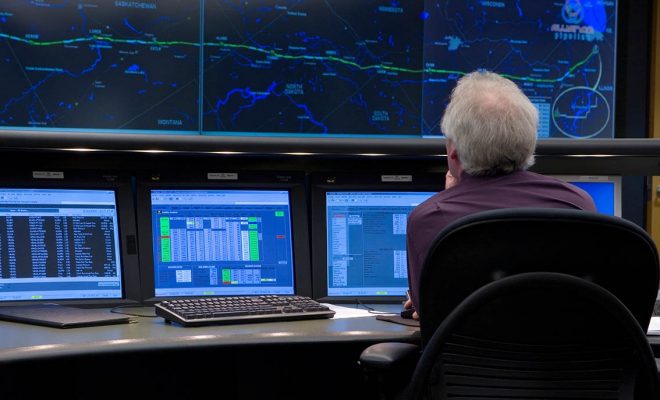4 Ways to Prevent Pipeline Incidences

A series of system failures can cause hazardous pipeline incidences that could have been prevented through an effective safety management system and strict adherence to safety culture. The costs of fixing the environmental damage and get the faulty pipes working again can put even the richest company in a serious financial situation.
By understanding the factors that contribute to pipe failure and ways to keep your pipes safe, you may never have to face this unfortunate hazard. Here are several ways to avoid pipeline issues.
Use the latest technology
Many years back, petroleum companies didn’t have the technology to prevent pipeline damages. Pipes could break, crack, and encounter every other damage, and there was little to do about it. Modern technology now saves this industry. You never have to wait for these damages when you can use modern tech to detect and fix pipe problems.
One such technology is inspection gamma. Gamma radiation can search for breaks and cracks in pipes and give an early warning if there is wearing out. It also detects blockage, leakages, and pretty much everything that could lead to pipe failure. Hence, by utilizing this technology, you can be sure that your pipes are in perfect condition all the time.
Understand pipe leaks
The sooner you notice pipe issues, the better in a position you are to prevent further damages. You can do this when you know how leaks in pipes look like. Common signs of leaks include stained ice or snow from the pipe, liquid spraying around the pipeline, hissing sound from pipes, and rainbow gloss on the water around the pipeline are.
If you notice any of these, it would be best to get professional help as soon as possible and keep everyone away from the area to prevent a potential hazard.
Site the route and specify technical requirements
Making hydraulic calculations and physical properties of piping goes a long way in preventing pipeline incidences. Correctly simulating, designing, and constructing the pipeline also makes maintenance easier. Some steps to take include:
- Protecting the pipeline against corrosion by burying the pipes far below the surface
- Ensuring that the compressor and surge suppression equipment are the correct sizes
- Use extra pipeline thickness for pipelines that cross underwater
- Keeping the pipeline route clear from geo-hazards
- Use block valves on either side of a crossing so that the line can be isolated in emergencies
Conduct safety training
Safety training should be an ongoing process to keep yourself and workers updated on potential dangers. Keeping aware of the industry measures also contributes significantly toward creating and maintaining pipeline safety. Hence, ensure everyone knows how pipelines work and what to do in emergencies.
Still, on safety, you need to ensure that everyone is equipped with personal protective equipment. As always: prevention should never be overlooked.
Final thoughts
The pipeline owner has the primary responsibility for its systems’ entire life cycle to prevent accidents and keep the pipeline in working condition. Implementing a management system to ensure and maintain pipeline integrity through good design, construction, monitoring, inspection, and establishing emergency plans in case of accidents can make all the difference in preventing pipeline incidences.


